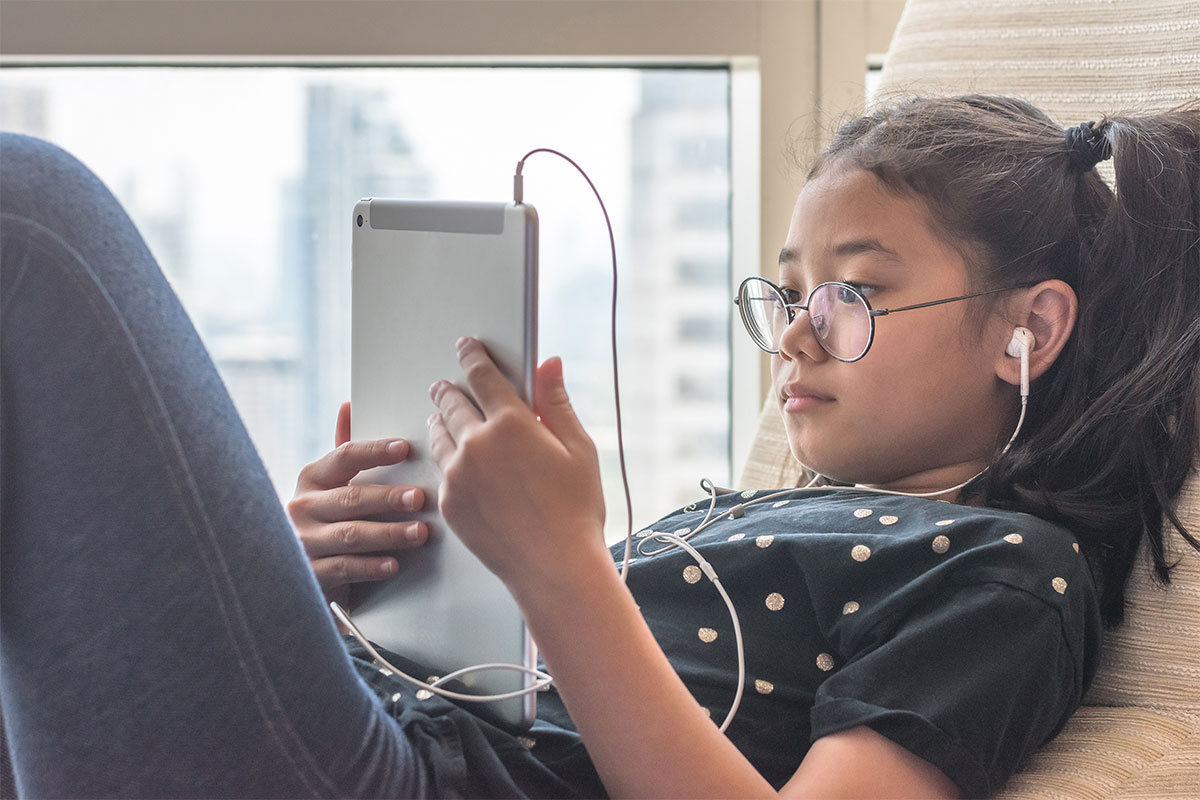There’s nothing new about parents grappling with how to monitor children’s device usage. With this unprecedented time of kids at home off school, how can parents keep a check on kids’ screen time during these challenging times?
Giving your child a device is undeniably an easy fix when you need to get work done or when, let’s be real, one simply needs a break from the all-consuming role of parenting. But how can you ensure that appropriate limits are put in place? Especially during these unprecedented times when we are all turning to technology to remain connected; be it for school work, our jobs or social connections.
Before we give you our top tips, rest assured that we are aware that these tips are easier said than done.
Model Healthy Electronic Use
It’s easy to reprimand our kids for using their devices too much but be mindful of your own habits. Try not to have the TV on for background noise 24/7. Put your social media apps on the last page of your own phone’s screen so that it’s not such an easy ‘default’ to mindlessly scroll if you have a few spare minutes. Your screen time behavior will be modelled by your kids, so try to set an example for them.
Set family expectations
Don’t expect kids to understand the boundaries – unless you’ve sat them down calmly, and explained the family rules and expectations regarding devices. Call a ‘family meeting’ with them and have an open conversation. For older kids, let them know you don’t expect them to be doing homework all day, but they need to demonstrate that they’ve achieved a few of their learning tasks. Explain that you don’t mind them catching up with their friends on social media or watching a movie but only if they’ve done some school work.
For younger children, there’s no harm in allowing them some screen time but be clear on how long for. A good way to limit younger childrens’ screen time is to set the alarm for a reasonable period and when the beeper goes off, be firm and simply turn their device off.
For older kids, get them to agree with you and write the rules down as a reminder for everyone to refer to.
Create “Technology-Free Zones”
As part of the above mentioned honest family conversations and setting boundaries, decide as a family when and where their devices can be used in the home. For example, meal times are technology free. Bedrooms are a device-free zone of the house unless they are using them to do homework at a desk area that’s in the bedroom. Have a family charging/docking station and make it a blanket rule that at meal times and bedtime, all devices are to be left in the charging station.
Take a family tech break
Encourage technology free times throughout the day. Agree that after a set period of time on their devices that they will turn them off. A good way to stop older kids from being distracted by their friends is getting them to put it onto the Do Not Disturb function.
We’ve all heard it before but it’s imperative that kids have time in the fresh air or an activity that isn’t technology based.
Embrace the positives with devices
While there’s a lot of uncertainty in the world right now, we do know devices and their screens are here to stay. So let’s embrace the advantages that they bring. Arguably, online learning will never replace a teacher in the physical classroom. However, thanks to devices our kids are well equipped to utilise the incredible wealth of learning tools and resources at their fingertips. The devices that increasingly rule much of our kids’ lives certainly have their time and place but it’s up to us as parents to help our kids strike a healthy and reasonable balance for device usage.
Written by the Circle In team.







